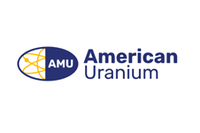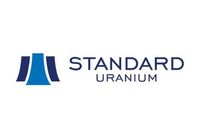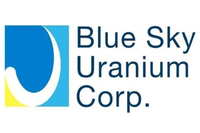PROJECT UPDATE: Macusani Yellowcake PEA Hints Large, Low-cost Uranium Potential
Macusani Yellowcake is looking to put Peru on the map for uranium production in the future. But before it can get there, here’s a look at the results of its PEA.
With its flagship project in Peru, Macusani Yellowcake (TSXV:YEL) could be set to put the country on the map as a significant South American uranium producer. But the company still has a few more milestones to reach before it can put its projects into production. Fortunately, it just released a positive preliminary economic assessment (PEA) for its Peruvian uranium deposits.
Macusani Yellowcake’s PEA, prepared by GBM Minerals Engineering Consultants, along with the Mineral Corporation and Wardell Armstrong International, shows that the project has the potential to be a large, low-cost uranium mining operation and indicates that its existing mineral resource holds excellent exploration and expansion potential.
The PEA shows a net present value, at an 8-percent discount rate, of $708 million before tax ($417 million after tax) and an internal rate of return of 47.5 percent before tax (32.4 percent after tax). The assessment uses a U3O8 price of $65 per pound of U3O8 for its calculations, as that is considered the long-term price by many analysts. Macusani Yellowcake has estimated a capital payback at 2.9 years before tax (3.5 years after tax).
Cash operating costs for the first five years look set to average $19.45 per pound of U3O8, putting the project in the lowest quartile in the world by 2012 production figures. For the life of the mine, cash operating costs are estimated at $20.57 per pound of U3O8. Macusani is also looking at initial capital expenditures of around $331 million for the construction of the mine and processing plant. The company expects total sustaining capital costs for the life of mine to be $228 million.
The company is looking at a 10-year mine life, with annual uranium production for the first five years averaging 5.17 million pounds of U3O8. However, for the life of the mine, production is estimated to average 4.3 million pounds. The company’s measured and indicated mineral resource estimate for the Peruvian deposits comes to 47.9 M tonnes grading 253 ppm U and containing 14.3 tonnes U3O8 (52.8 M short tons grading 0.598 pounds/ton U3O8 and containing 31.5 M pounds U3O8). The inferred mineral resource clocks in at 40.5 M tonnes grading 286 ppm U and containing 13.6 tonnes U3O8 (44.6 M short tons grading 0.674 pounds/ton U3O8 and containing 30.1 M pounds U3O8).
Dr. Laurence Stefan, CEO of Macusani Yellowcake, is pleased with the results of the company’s assessment, and said that the completion of the PEA is a significant milestone for the company.
“Firstly, the estimated production cost of $20.57/lb demonstrates that we have a Project that has the potential to be one of the lowest cost uranium producers in the world due to a low stripping ratio in the open pit operations, anticipated low acid consumption, and high process plant recoveries expected to be achieved in a short period of time. Secondly, the PEA demonstrates that the Macusani plateau has significant potential to become a major uranium producing district considering that only small areas have been explored to date. And finally, the PEA paves the way for further development of our Project and the completion of a Pre-Feasibility Study, which we expect to initiate in 2014,” he commented.
The Macusani Plateau is said to host roughly 110 million pounds of uranium in a small area. Macusani Yellowcake owns the bulk of the uranium in the region.
Securities Disclosure: I, Vivien Diniz, hold no investment interest in any of the companies mentioned in this article.





